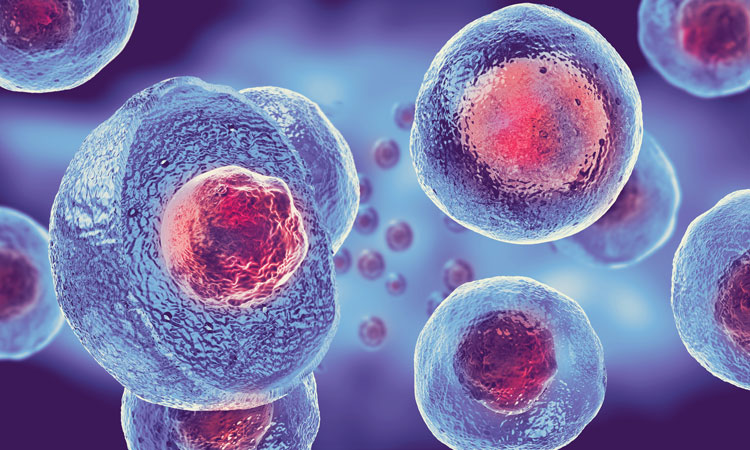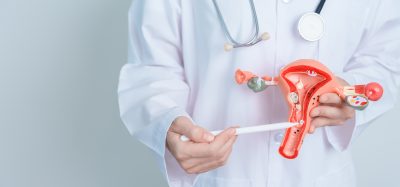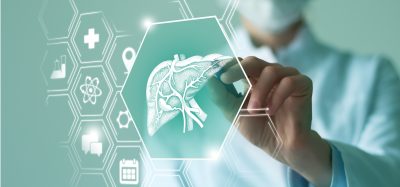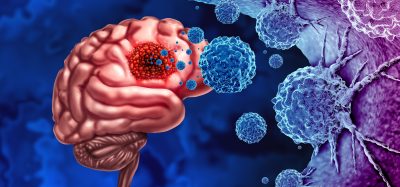Advanced biomaterial improves stem cell therapy for strokes
Posted: 15 November 2018 | Drug Target Review | No comments yet
Researchers in Spain have achieved functional recovery from a stroke after implanting silk fibroin hydrogels-encapsulated stem cells in stroke mice.


A team of researchers from the Centre for Biomedical Technology (CTB) at Universidad Politécnica de Madrid (UPM) in collaboration with the Universidad Complutense de Madrid (UCM), the Instituto Cajal and the Hospital Clínico San Carlos have developed an innovative treatment to repair damaged brain tissues. Thanks to the implantation of encapsulated stem cells in an innocuous and fully biocompatible biomaterial (silk fibroin), researchers have achieved the functional recovery of mice after suffering an induced brain stroke.
This encapsulation can increase the survival rate of stem cells implanted in the brain and, in addition to positively influencing the repair of damaged nerve tissue, can prevent the extent of the damage.
A wide range of neurological disorders can cause permanent physical and cognitive disabilities. Our nervous system has a limited capacity to recover after an injury, for instance after a stroke or brain trauma but also in neurodegenerative diseases such as Alzheimer’s or Parkinson’s in which there is a progressive deterioration of our brain.
Stem cell therapies represent a step forward in the treatment of these diseases, given its therapeutic potential to protect and repair the damaged brain. However, the stem cell transplant has its difficulties; among others, its reduced survival rate in the brain after transplant. This is certainly a potential barrier to achieving the most suitable therapy.
In order to overcome this barrier, the aforementioned team of researchers has developed an innovative bioengineering strategy to repair the damaged brain tissue. To do this, researchers implanted mesenchymal stem cells encapsulated in an innocuous and fully biocompatible biomaterial – silk fibroin – in mice with infarct brain tissue.
After the treatment, the mice experienced a significant improvement in their sensory and motor skills, which had been profoundly altered after the stroke. In addition, by using electrophysiological techniques, researchers have demonstrated improvement of brain reorganisation in adjacent areas to the damaged zone. Another relevant aspect of this research was that silk fibroin considerably increased the survival of stem cells implanted in the brain, preventing some of the damage after the induced stroke in animals.
According to Daniel González Nieto, a CTB-UPM researcher: “these results are a step forward in new treatments of neurologic disorders when using silk fibroin as a drug delivery vehicle, achieving a higher therapy performance and the functional improvement of patients”.
This study has been funded by the Community of Madrid through the NeuroCentro project (B2017/BMD-3760), an initiative to create a new a technological center in the region of Madrid for the integrated treatment of neurologic disorders. The study has also been funded by the Ministry of Economy and Competitiveness (MAT2016-79832-R, MAT2016-79832-R y MAT2015-66666-C3-3-R projects).
Related topics
Bioengineering, Stem Cells
Related conditions
Stroke
Related organisations
Centre for Biomedical Technology at Universidad Politécnica de Madrid, Hospital Clinico San Carlos, Instituto Cajal, Ministry of Economy and Competitiveness, Universidad Complutense de Madrid (UCM)
Related people
Daniel González Nieto








